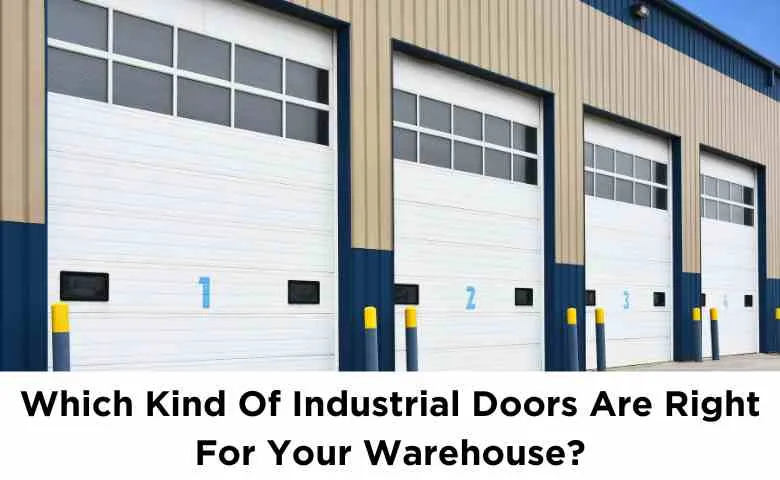Last Updated on October 9, 2024 by Admin
In a warehouse environment, choosing the most appropriate industrial access doors is a critical decision. After all, your choice may impact the efficiency, functionality and security of your warehouse. No one wants to be waiting around for doors to open or close. Logistics is fast paced and often fraught, adding doors that do not fit your needs may make it harder to do business in the way that is effective.
There are a variety of options when it comes to industrial doors. However, each is designed to meet specific needs, including space available, type of facilities and budget. However, each is designed to meet specific needs, including space available, type of facilities, budget, and the use of a TD-5025 specialty access door for unique requirements. The optimal choice for a warehouse that provides foods and other perishable goods, maybe completely different for one that contains high value electronics, for example.
Therefore, it’s essential that you understand the different types of doors available, as well as their benefits and differences. That way you can make an informed choice on the doors that are most appropriate for your needs.
Here, we ask the experts at Fen Bay Services to give us the lowdown on what types of door might be appropriate for various different warehouses.
Rolling doors
A popular choice for warehouses, because of their durability and space saving factors, these doors roll up into a coil that sets above the door opening. As they are so compact, this is a good choice for those warehouses that may have limited space. Rolling doors are also easy to operate and quick to open and close, which makes them ideal in high traffic areas, where there is a heavy traffic flow.
Sectional doors
Horizontal panels that are hinged together make up the bulk of sectional doors. These open vertically, which allows for space in and out of a warehouse to be used efficiently. Sectional doors have significant levels of insulation, which may make them most appropriate for temperature controlled warehouses. Those in perishable food storage and production warehousing may consider these the most appropriate option.
High speed doors
Particularly important in fast moving consumer goods warehouses (FMCG), high-speed doors minimise the time it takes for the door to operate. These help also to maintain temperature control and reduce energy costs. These are great for the time-poor warehouses which are constantly under pressure to move ever faster.
Folding doors
Also nown as accordion doors, folding doors have multiple panels that fold as the door opens. This provides a wide opening with quick and easy access. These may be most appropriate in large warehouse entrances where a clear opening is necessary.
Sliding doors
Usually operated horizontally, these doors work on a track. This may be a good option that may be appropriate for warehouses that have limited ceiling space. You may find these useful where large items or machinery need to be moved in and out of the warehouse.
Other considerations may involve checking the industrial doors you choose are fire retardant, and offer a good level of security which means you are less at risk of disasters such as fire or theft. Furthermore, it might be wise to ensure that you are aware of the maintenance requirements for each type of door that makes your shortlist.
In conclusion, choosing the right industrial doors for your warehouse should be based on the specific needs of your business. It may be worth speaking to professional outfits with experience in providing a range of doors, to see which might be most appropriate for your requirements. That way, you can be sure to explore all the options open to you, some of which you may not have considered before.
Related Posts:
- Step by Step Guide To DIY New Door Installation and Fitting
- Composite Doors – Pros and Cons
- 7 Tips For Building A Warehouse With Limited Capital Outlay
- How Mechanical Engineers Design Mezzanine Lifts For Warehouses
- The Ultimate Guide to Warehouse Inventory Systems
- Maximizing Efficiency in Your Industrial Warehouse Design and Construction


